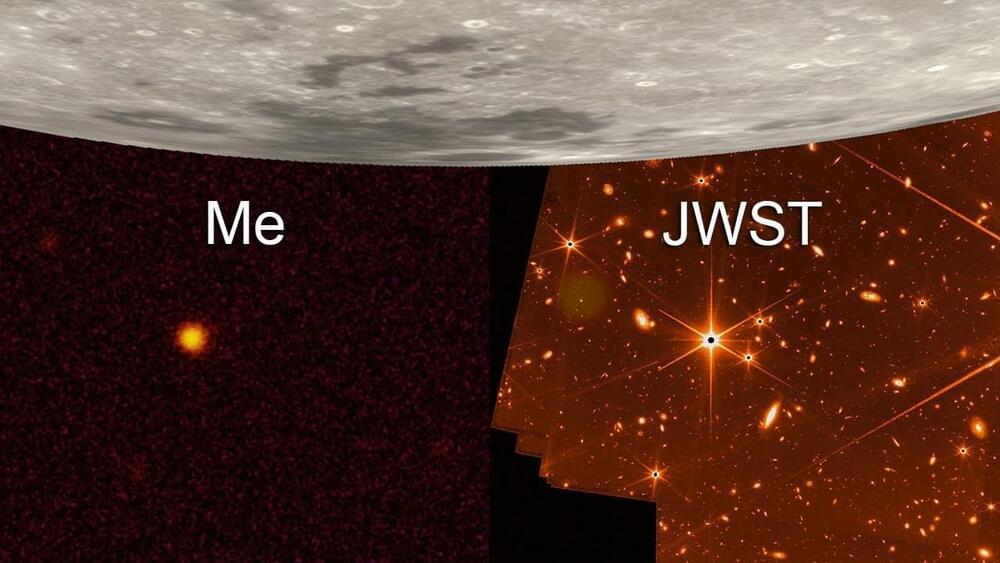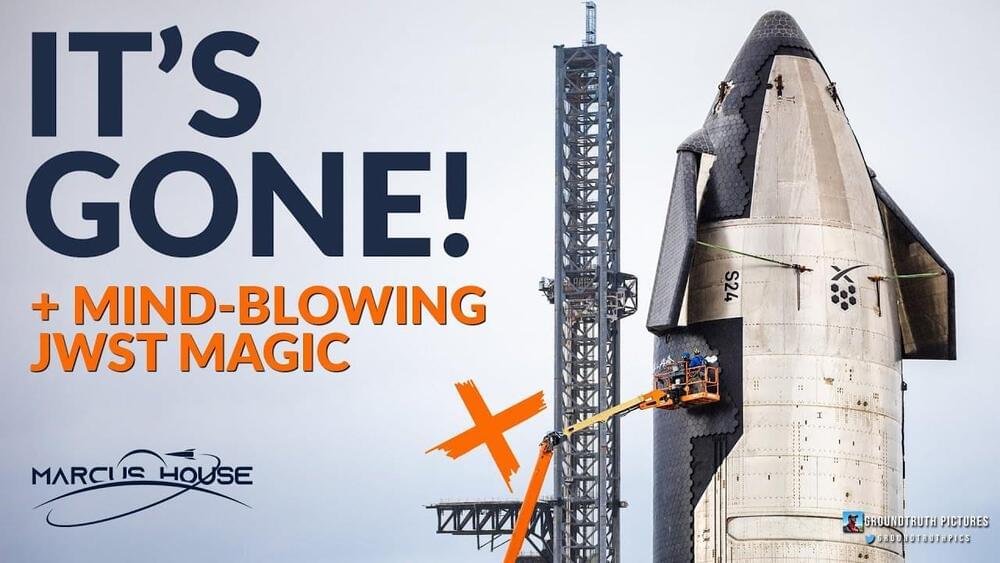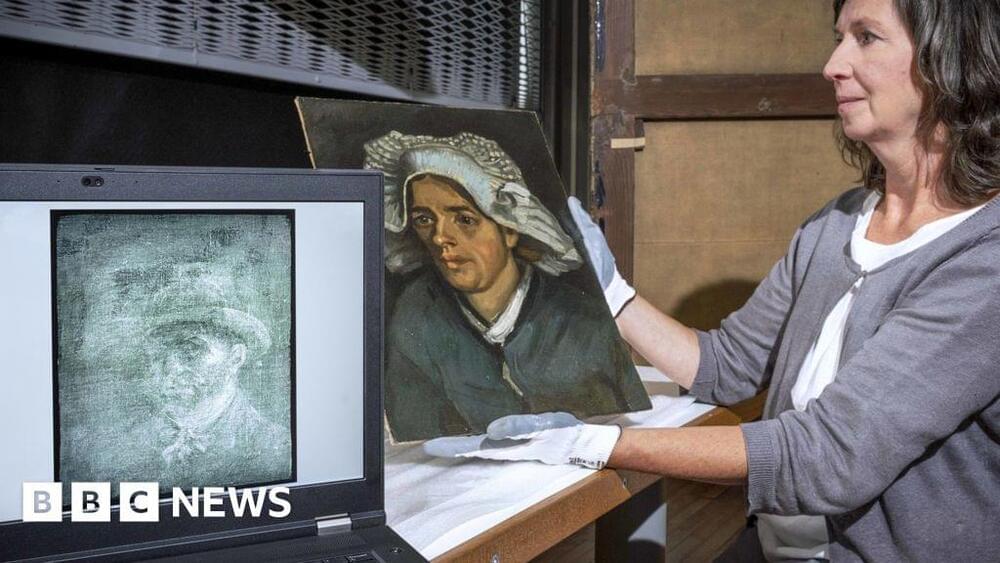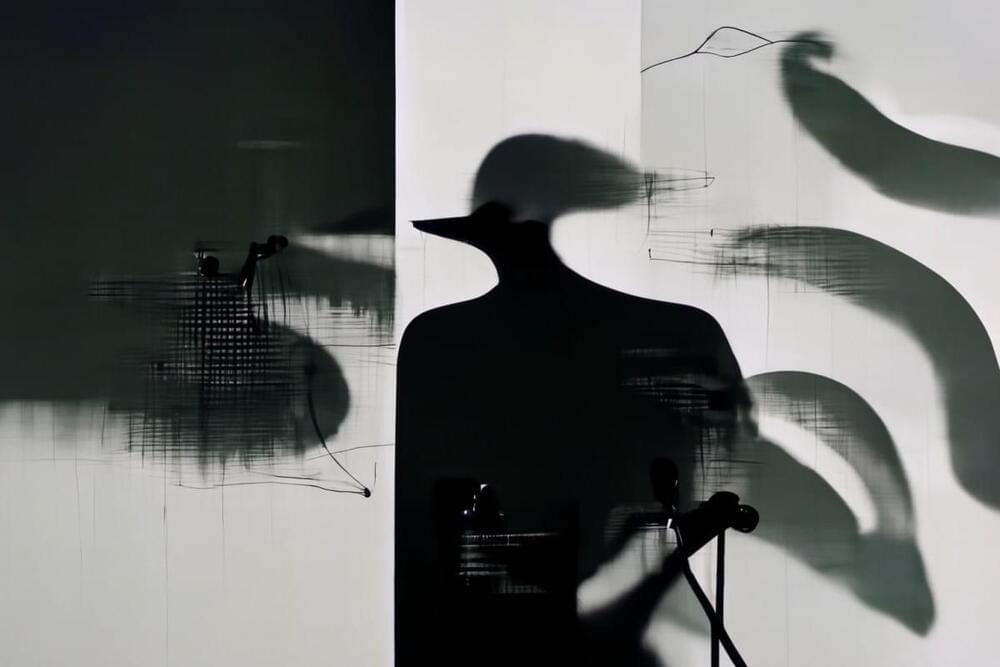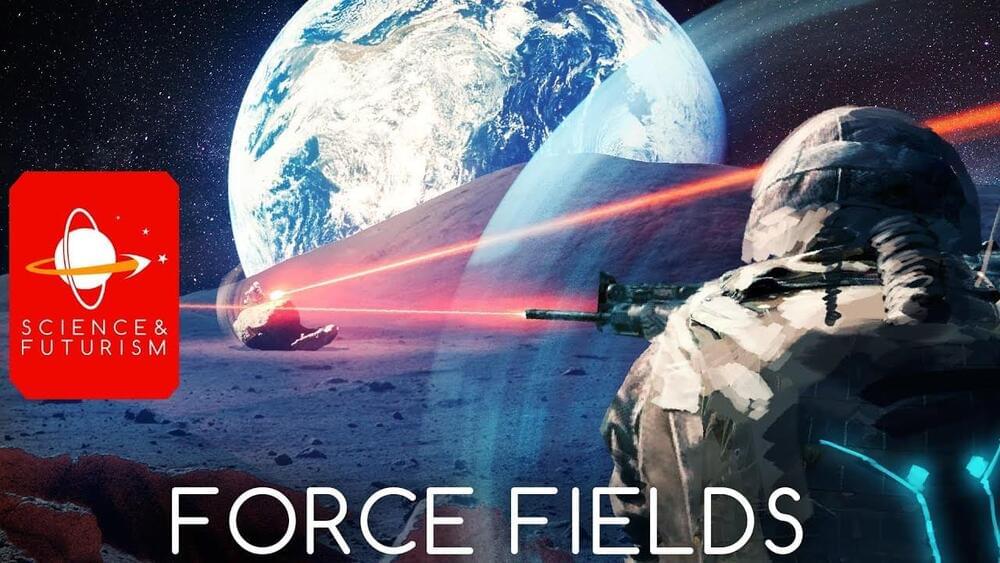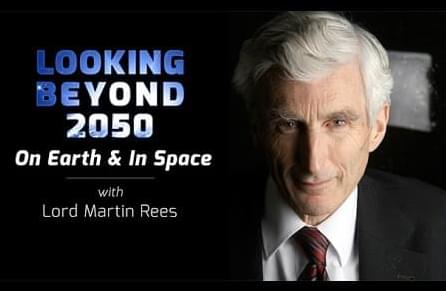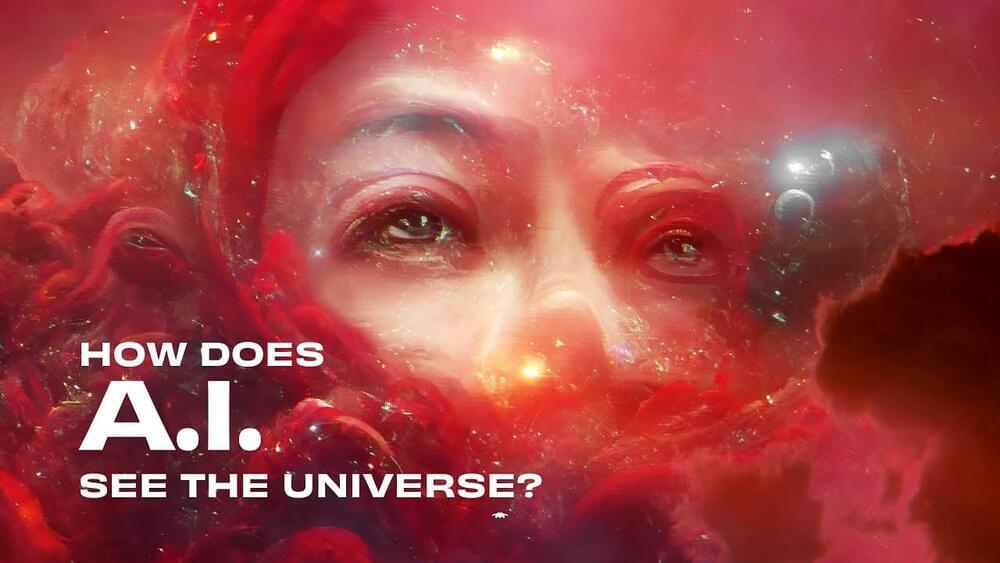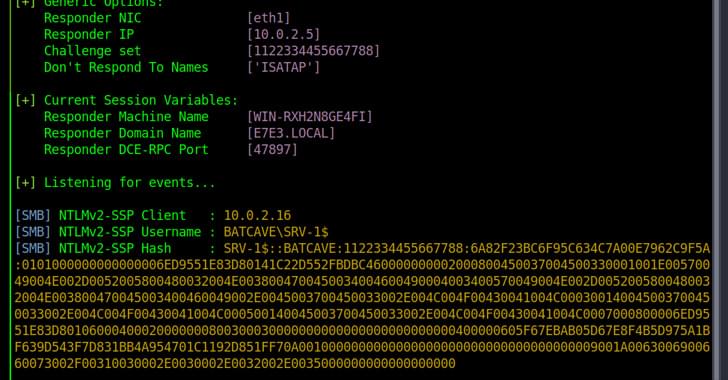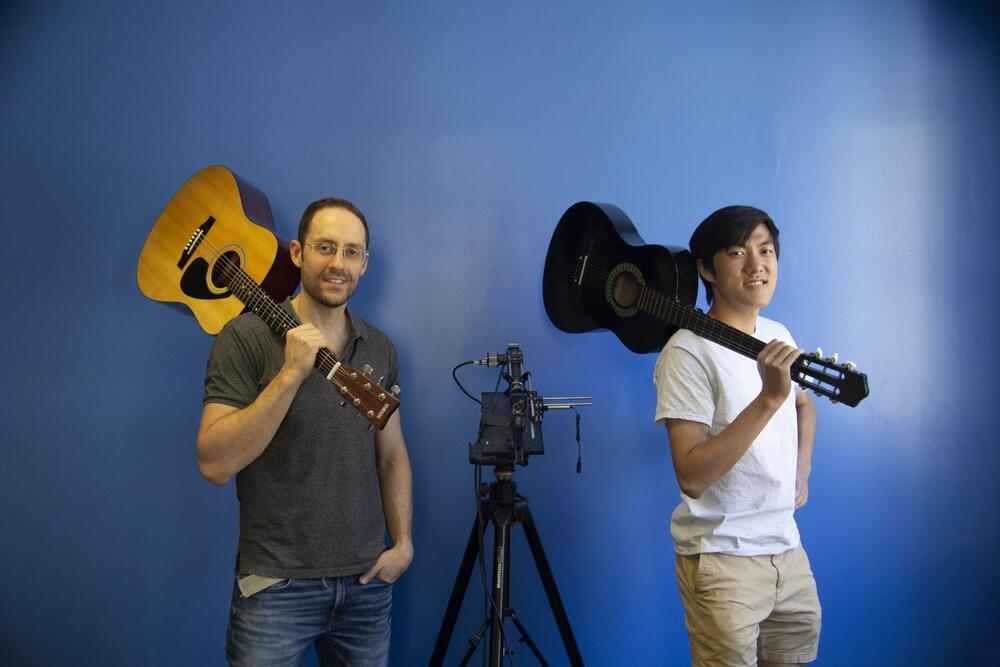Jul 17, 2022
The true size and power of James Webb Space Telescope’s new guide camera(FGS) deep field image. [8k]
Posted by Tristan Hambling in categories: media & arts, space
The recent James Webb Space Telescope(JWST) guide camera’s test image looks really similar to Hubble’s deep fields, which are my favorite. I decided to take a long exposure to the same target to see what my telescope can see and compare it to JWST’s image. I found one really faint galaxy 26–32 million light-years away, and a cute planetary nebula called Abell 39, pause and see if you can find it in my image.
- Scope: Celestron RASA 8.
- Mount: Ioptron cem40.
- Camera: ZWO ASI183mm pro.
- Guide scope: ZWO mini120mm.
- Guide Camera: ZWO ASI224mc.
- Filter: Astronomik MaxFR 12nm Ha filter.
